A Maasai of East Africa, clad in his trademark traditional dress, walks alone on the white sand beach towards me, his bright red shuka contrasting strikingly with the bright turquoise of the Indian Ocean in the background. We cross paths and he flashes me a wide, toothy smile, his kind eyes looking deeply into mine, before greeting me warmly, “Karibu Unguja!” – ‘Welcome to Zanzibar’. I nod and smile in response to this simple yet heartfelt interaction, and the next thing I know, we are talking in beautiful broken english about the magnificence of the island, and how we both came to be there. He invites me to visit his nearby village the following day to see the market and I oblige eagerly, before watching him gently continue on his way, his shuka swaying in the breeze, his presence calm and courageous.
This was my first interaction (of many) with a Maasai in East Africa, and it was a moment I will never forget. A moment of depth, warmth and connection that took my travel experience to a whole new level of meaning.
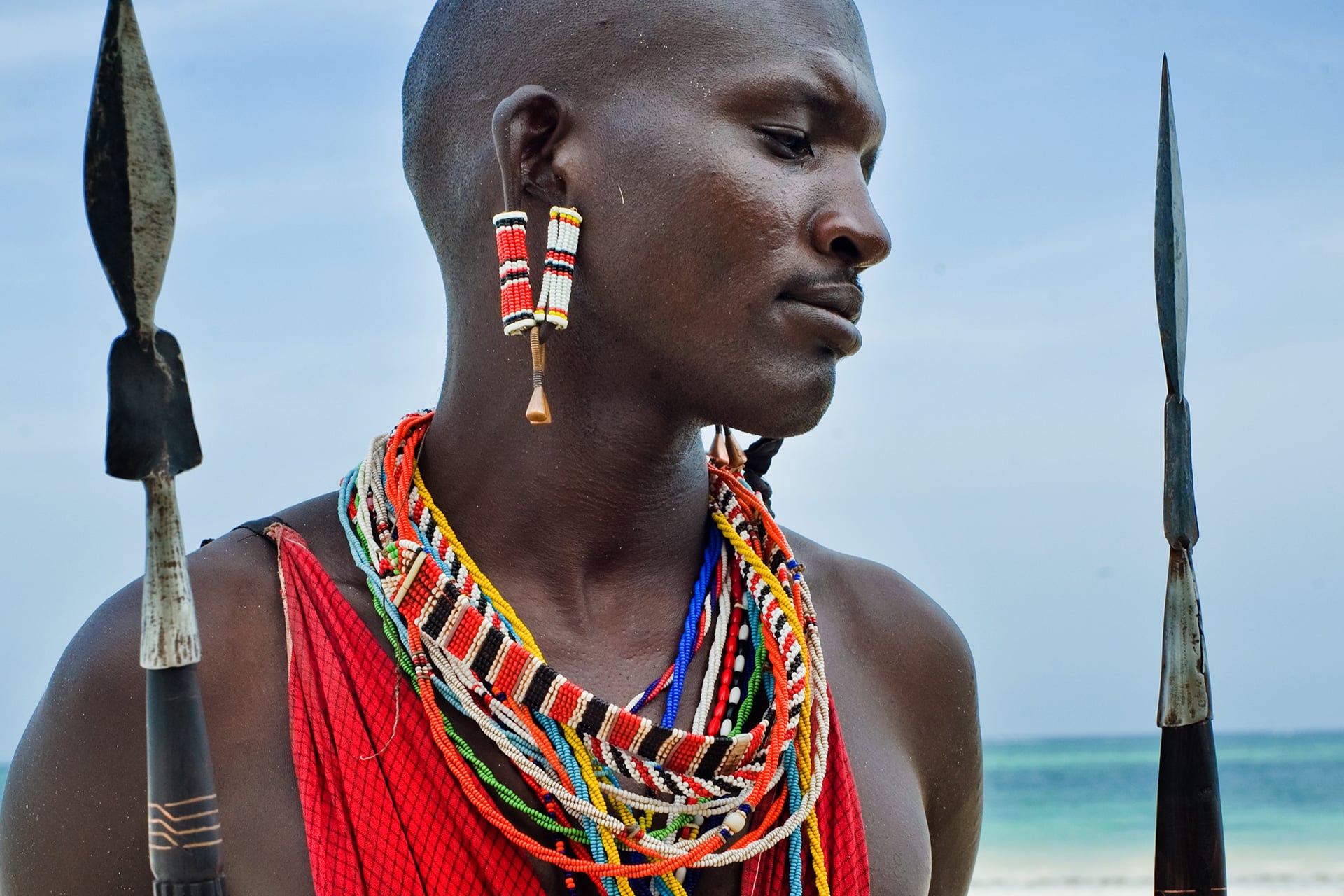
As supporters of responsible travel and creating deep, meaningful experiences in Africa, the team at Ker & Downey® Africa believe it is important to learn from the local people we meet on our adventures. We are deeply sensitive to the cultures and history of the regions we visit and in order to fully understand what a privilege it is to have an intimate encounter with members of a local community, we believe a journey of discovery into their world prior to traveling is always beneficial.
In this journal, we will delve a little deeper into the wonderful world of the Maasai – an extraordinary people with an extraordinary culture.
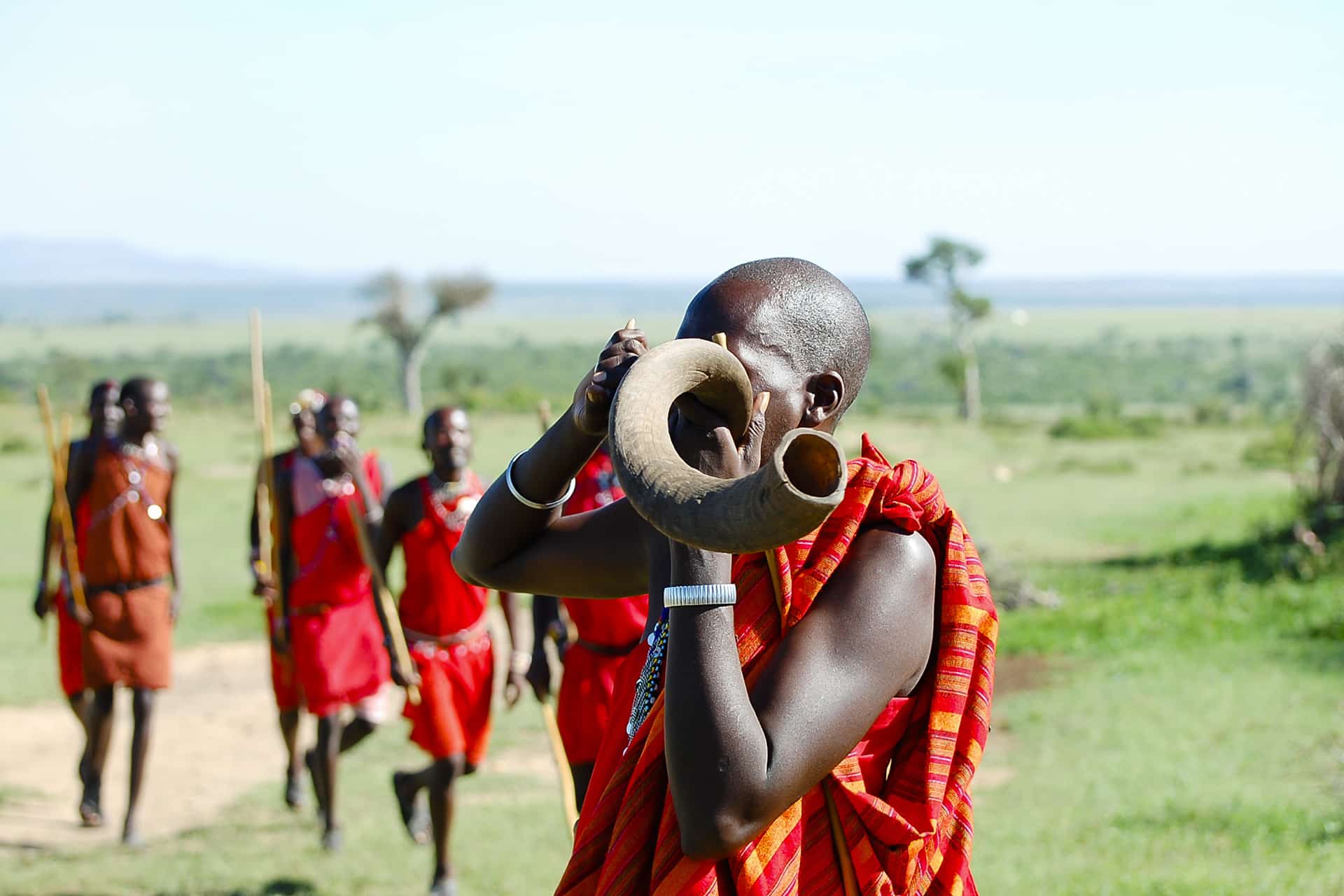
The bright red-clad Maasai of Tanzania and Kenya – like the iconic wildlife that roam the plains – are synonymous with the savannahs of East Africa. They are widely-known and revered symbols of the region who, for hundreds of years, have carved the landscape since their migration from South Sudan during the late 17th and early 18th centuries. The Maasai thrived in Southern Kenya and Northern Tanzania until the mid-19th century when smallpox, drought, starvation and animal disease wiped out almost 60% of the people and killed almost all of their cattle.
The darkest days were over in the early 20th century however. Although the population began thriving once again, vast sections of the land were being turned into wildlife reserves and national parks, with governments putting increasing pressure on the Maasai tribes to give up their semi-nomadic lifestyles and become farmers. The majority of the Maasai resisted the pressures of the Tanzanian and Kenyan governments to adopt a more sedentary lifestyle, and remain on the land to this day where they can be seen in their colourful robes herding cattle, and coexisting in peace with their natural surroundings.
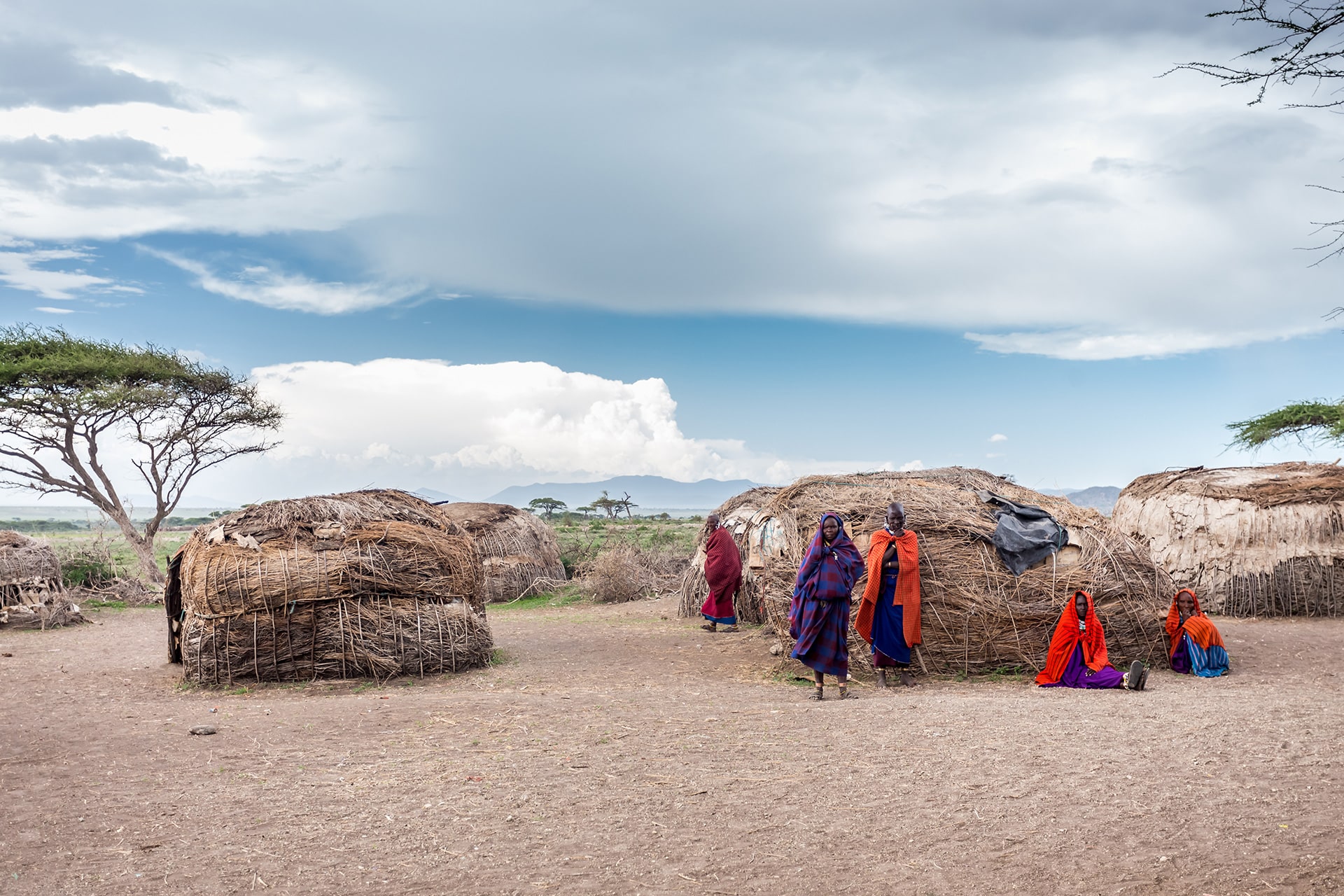
Despite the initial pressures to give up their way of life, the Maasai have fought to preserve their culture and many traditions and practises remain unchanged. They have a fearsome reputation as warriors, and are renowned pastoralists who view cattle as sacred after the first-ever Maasai named, Maasinta, received a gift of cattle lowered down to earth from the rain god, Ngai. The semi-nomadic lifestyle of the Maasai centres around the cattle who are seen not only as a valuable and primary source of food, but also as a measure of value, akin to children. The bigger the herd and family, the more successful the man. Having a large amount of one, but not the other, a man is considered poor.
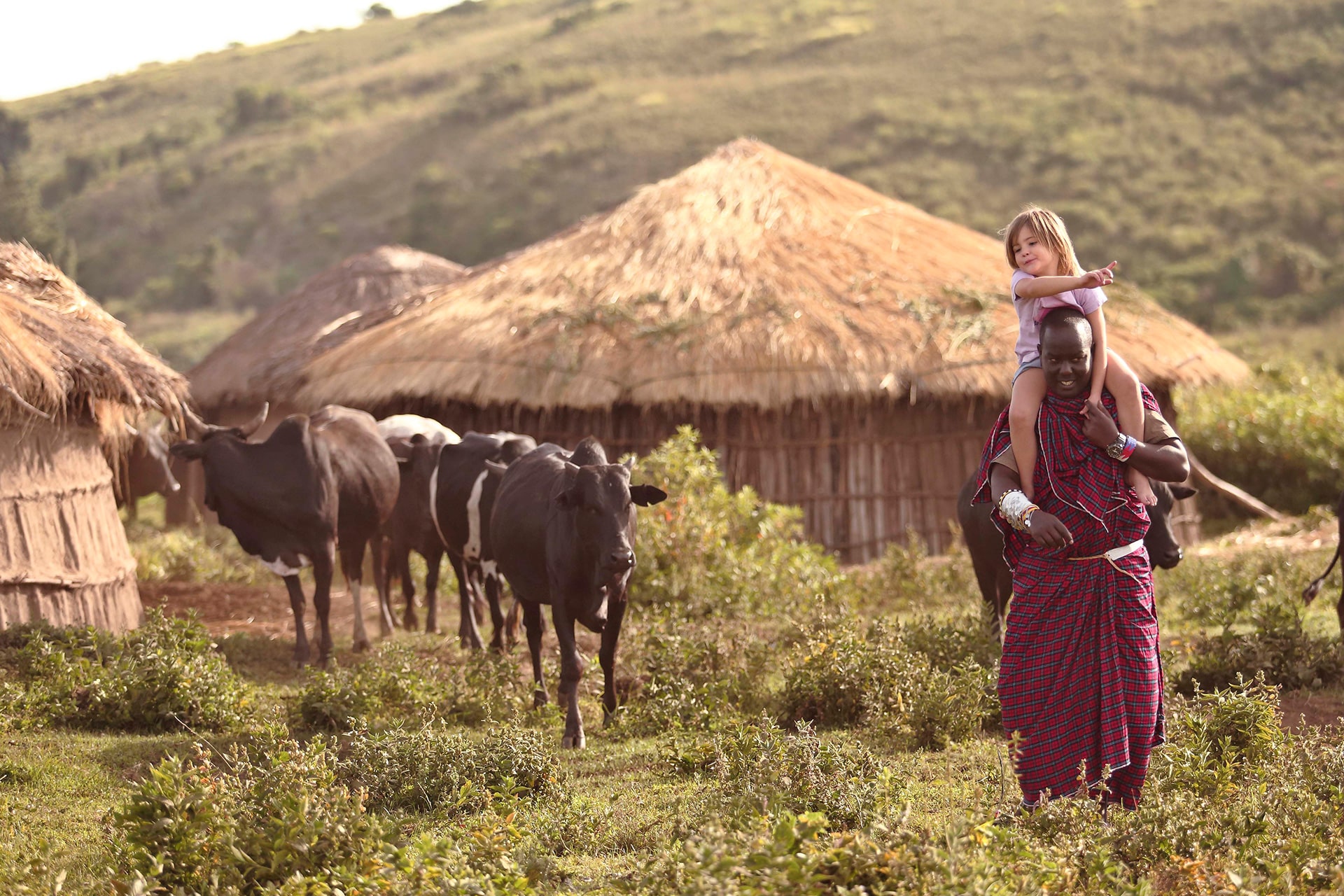
As warriors, the Maasai are widely respected by their African counterparts and, up until now, the only way for a young Maasai boy to achieve warrior status was to kill a lion single-handedly with his spear, in a bloody rite of passage ceremony. Lion hunting also used to be a way for warriors to express their courage and bravery, become leaders in the tribe, and attract girlfriends. Nowadays, with conservation playing a large role in the preservation of this pivotal African mammal, lions are only rarely killed, and Maasai warriors are seen showing off their warrior skills and athleticism instead to demonstrate their abilities.
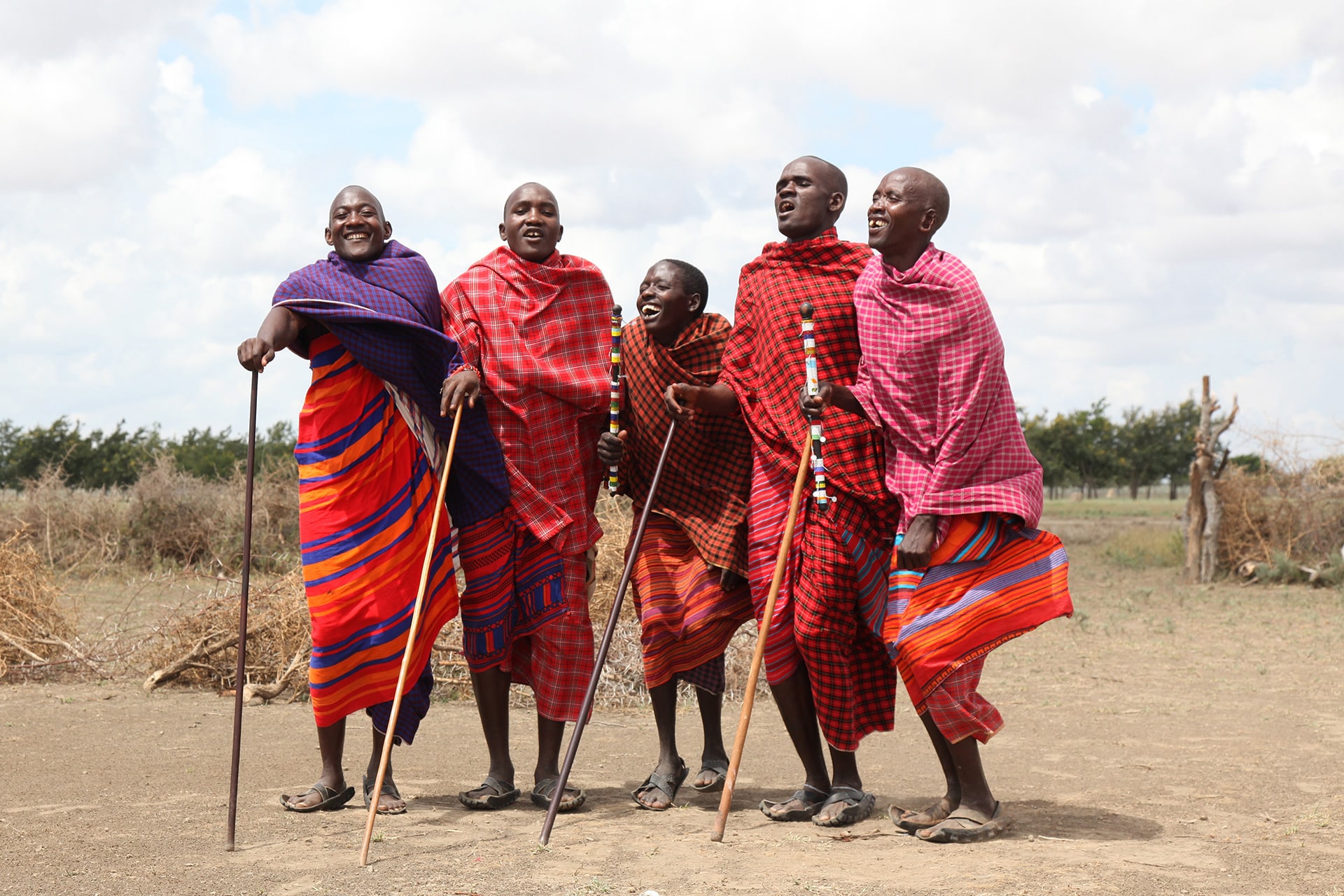
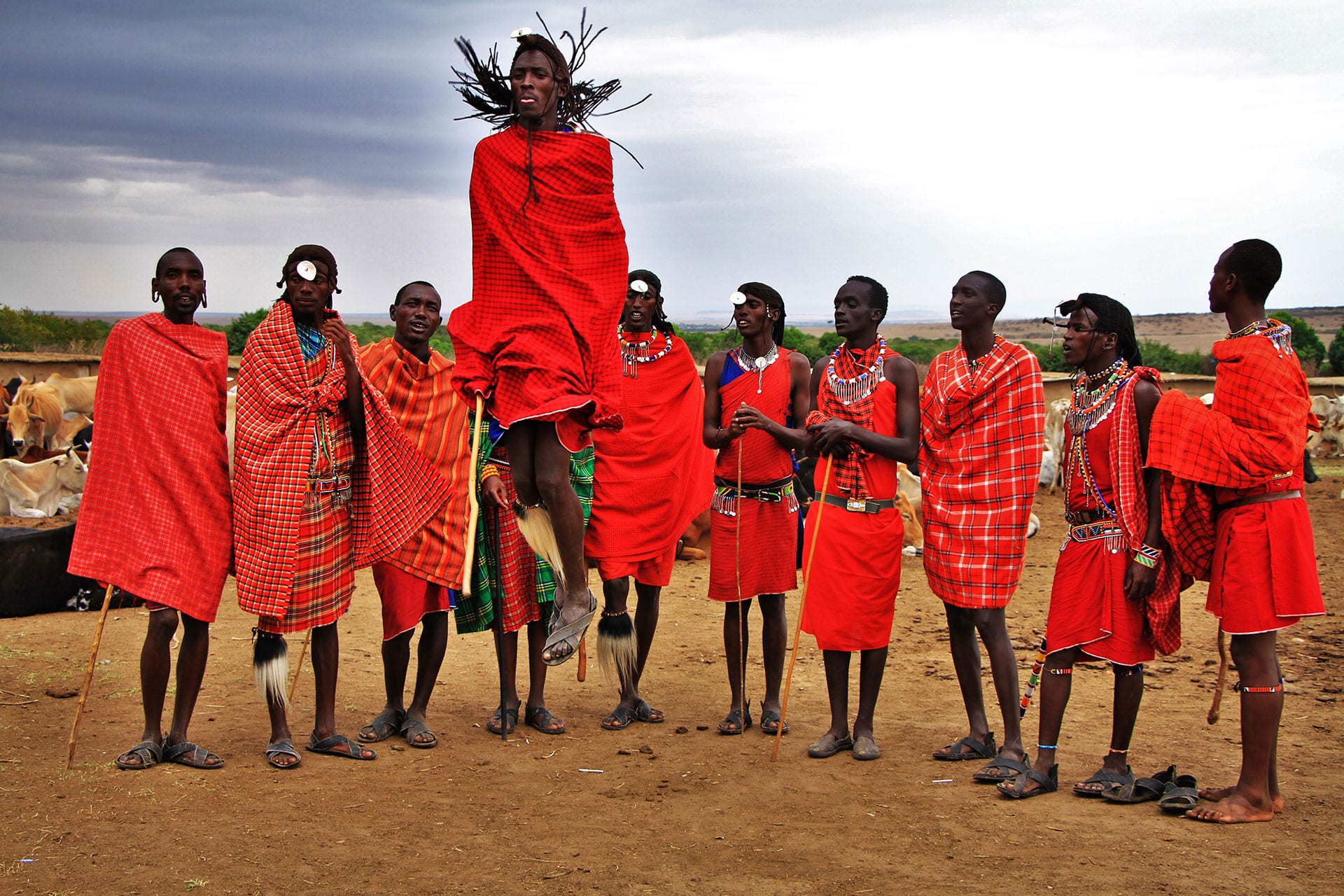
The Maasai make up a large part of the East African landscape between Kenya and Tanzania, particularly in and around the Serengeti, Ngorongoro, and Kenya’s Masai Mara National Park. Because of this, a visit to a local Maasai village is a popular activity during a trip to East Africa and is as unforgettable as witnessing the incredible landscapes and wildlife that make up the region.
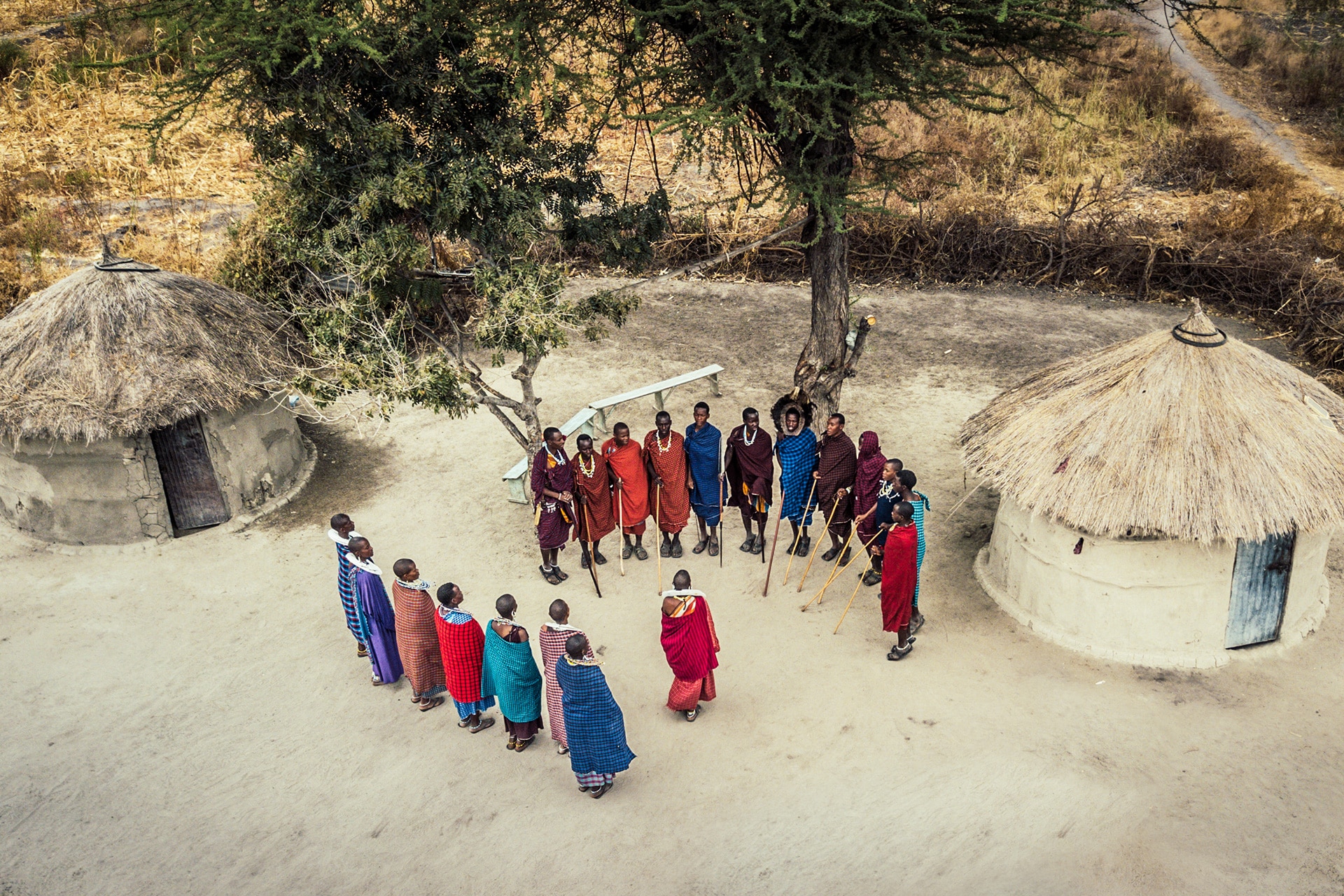
A cultural safari with Ker & Downey® Africa invites travelers to discover new cultures and learn the customs of the indigenous people who have shaped the African landscapes for centuries. Our team has crafted a set of sensitive, culturally aware itineraries that directly benefit local communities like the Maasai, and enable you to leave a lasting legacy in this truly rich part of the world.
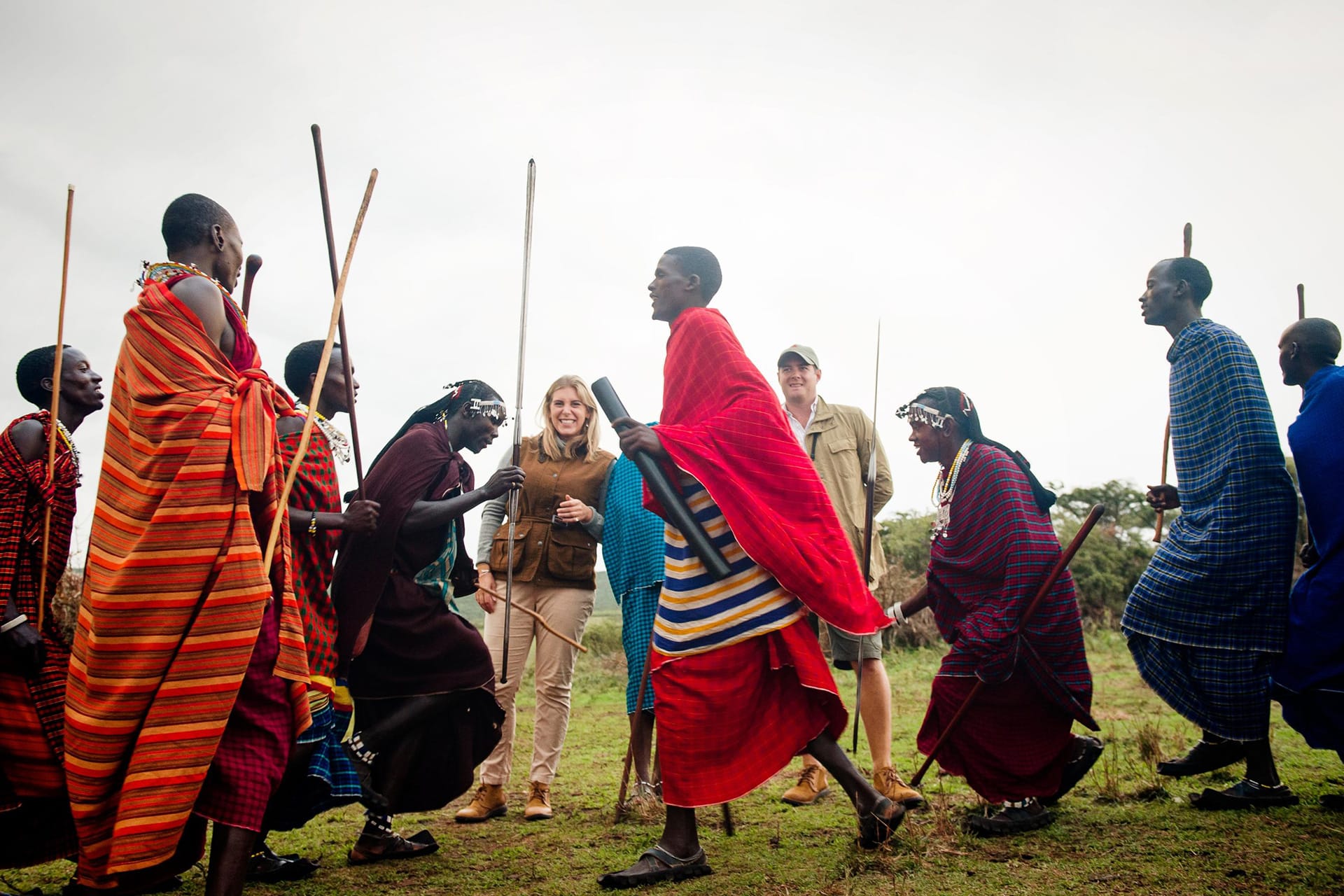
Entamanu Ngorongoro, Tanzania
Situated off the beaten track, in the heart of Maasai territory, Entamanu Ngorongoro offers an authentic glimpse into the culture. Meeting the Maasai while staying here is an enriching, fascinating and genuine experience.
Lemala Mpingo Ridge, Tanzania
Lemala Mpingo Ridge is situated on top of an escarpment, with expansive views of the perennial Tarangire River. The lodge offers guests a memorable opportunity to interactively experience the Maasai way of life through an excursion to a traditional boma.
Mara Plains Camp, Kenya
One of only five camps located within the 35,000 acre Olare Motorogi Conservancy, Mara Plains Camp borders the Masai Mara Reserve with unrivalled access to the private conservancies that surround it. If a chance to learn about the Maasai is of interest, then cultural visits to a nearby Maasai village (locally known as an “enkang”) is a highlight.
Governor’s Camp, Kenya
Governors’ Camp is just a short boat ride across the famous Mara River within a riverine forest. There is a local community nearby called Mara Rianda which consists of 48 traditional houses surrounding a cattle enclosure. If you would like to experience a way of life unchanged for centuries, a visit here is life-changing.
Head office:
7 Bree Street, 6th Floor, Touchstone House, Cape Town, South Africa
+27 (0)21 201 2484
[email protected]
United Kingdom: Sportsman Farm, St Michaels, Tenterden, Kent
Ker & Downey® Africa is compliant with COVID-19 Industry Protocols.


Head office: 7 Bree Street, 6th Floor, Touchstone House, Cape Town, South Africa
+27 (0)21 201 2484
[email protected]
United Kingdom: Sportsman Farm, St Michaels, Tenterden, Kent
Ker & Downey® Africa is compliant with COVID-19 Industry Protocols.